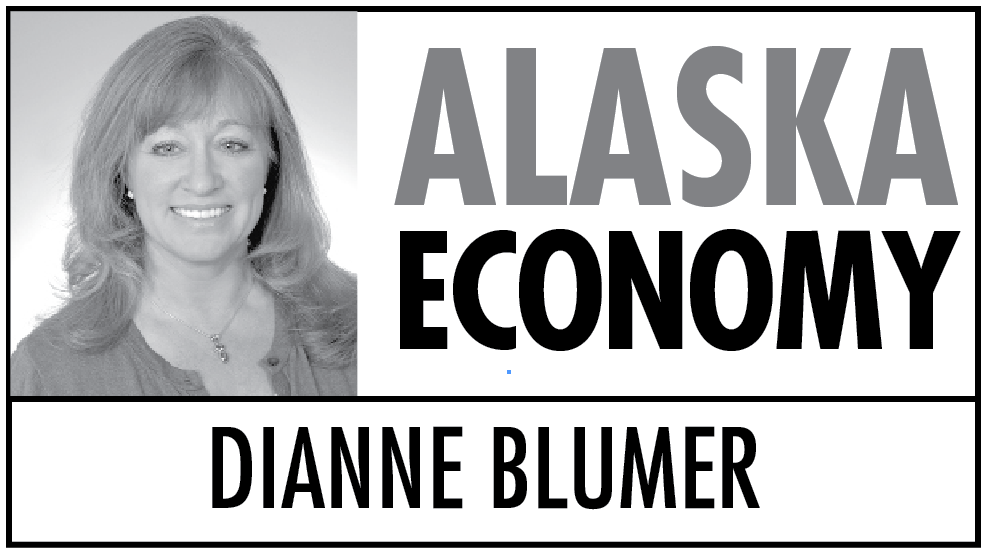While much of the Lower 48 is still recovering from a devastating recession, Alaska’s economy remains stable, and our employment numbers are strong. Alaska’s unemployment rate for 2012 was 1.1 percent below the national average.
In fact, Alaska’s unemployment rate has been below the national rate for more than four years. This has never before happened in Alaska’s history.
Alaska’s unemployment rate for 2009 was 7.7 percent vs. 9.3 percent in the Lower 48; in 2010 it was 8 percent vs. 9.6 percent; in 2011 it was 7.6 percent vs. 8.9 percent; and in 2012 it was 7 percent vs. 8.1 percent.
These numbers, reflecting our stronger economic foundation, made the determination under Alaska Statute 36.10.150 that the entire state can no longer be considered a single “zone of underemployment.”
Keep in mind that this Employment Preference Determination applies only to public works and construction projects in Alaska that have no federal funds attached to the project, which affects about 10 percent of all public construction jobs in Alaska.
Unfortunately, there still are areas of Alaska that have crippling double-digit levels of unemployment. My determination means that, for certain occupations in the 15 areas deemed “zones of underemployment,” residents will continue to be given a hiring preference on eligible public works and construction projects.
The building of the trans-Alaska pipeline system made a lasting mark on Alaska and the United States, providing needed energy after the 1973 oil crisis. And while the pipeline has been an economic lifeline to the state, it also has been a rallying point for many Alaskans who recall the demand, virtually overnight, for a skilled workforce.
Alaska simply couldn’t fill the need for workers; thousands flowed in from the Lower 48 and beyond. While many workers stayed and continue to call Alaska home, the lingering memory is that many jobs went to “outsiders.”
After several attempts to mandate local hire were ruled unconstitutional in both the Alaska Supreme Court and U.S. Supreme Court, the result was AS 36.10.150, which states that areas of the state with unemployment rates substantially higher than the national rate will be designated zones of underemployment, if they also meet other requirements for having available workers.
Two major considerations in the biennial determination are whether there are a substantial number of zone residents with experience or training in occupations that would be used on a public works project, and whether the lack of employment opportunities in the zone has substantially contributed to economic problems in the zone.
The critical takeaway from my Aug. 16 determination is that Alaska’s economy is healthy. The Parnell administration strongly continues to support and encourage Alaska hire and well understands that we must help support job seekers and employers throughout the state.
The Alaska Department of Labor and Workforce Development is focused on training that supports Alaska industry — to help close the gap between Alaskans who need jobs and the employers who are hiring.
One example is the $7.5 million in workforce development grants that the Alaska Department of Labor recently awarded. The grants are part of Alaska Youth First, Career and Technical Education, State Training Employment Program and Workforce Investment Act-Youth program.
The grants include projects across the state that focus on career guidance and work-readiness skills to training for unemployed or underemployed Alaskans. These grant programs, which include industry-specific training, are helping prepare Alaskans for future careers and are supporting Alaska’s employers as they create jobs and help keep our economy healthy.
According to state law, the Employment Preference Determination is in effect through June 30, 2015. The department will make a determination again in two years based on new unemployment data. My hope is that Alaska’s economy will be even stronger and there will not be a need for any zones of underemployment.
Making the determination to remove employment preferences on some publicly funded projects was not done lightly. State law is clear: Any zone of underemployment must have unemployment rates substantially higher than the national rate, and that hasn’t been the case for much of Alaska over the last several years.
Dianne Blumer is commissioner of the Alaska Department of Labor and Workforce Development.



